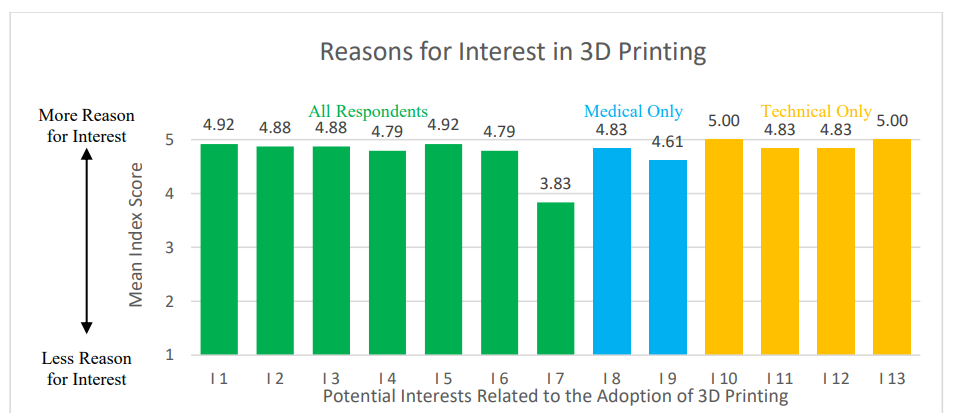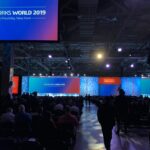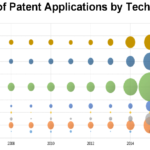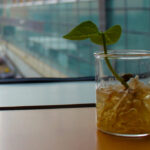

In the recently published ‘A Methodology for Triaging Product Needs for Localized Manufacturing with 3D Printing in Low-Resource Environments’ Benjamin Lyle Savonen offers a dissertation for the Pennsylvania State University College of Engineering, exploring improved methods for making products locally with the use of progressive technology—referred to as ‘locally manufacturing products with 3D printing (LM3D).’
The benefits of transitioning to 3D printing—as well as using it with other conventional manufacturing techniques—have brought on more than a passing interest by most industrialists, scientists, designers, and users at the DIY/maker level; in fact, digital manufacturing is considered to be the next industrial revolution. Greater affordability in production and intensified speed are just a sampling of the advantages being enjoyed today via 3D printing and additive manufacturing processes.
Users are also able to produce items on one machine (the 3D printer), offering a way to fill demand ‘in low-resource contexts.’ But, as Savonen points out, much of this potential has simply been discussed—not tested in realistic environments.
“While these settings are rife with examples in which specific products are both needed and otherwise unavailable, there exists no formal methodology for determining when Localized Manufacturing with 3D printing (LM3D) is an appropriate intervention for a product or scenario,” states Savonen.
The research here more specifically investigates the use of LM3D in developing communities and humanitarian response situations, as well as the possible uses for 3D printing in a western-Kenyan healthcare system.
“The initial motivation for this research was ignited by my service with the United States Peace Corps (2012- 2014). In the United Republic of Tanzania I worked on projects related to science education, health, and water access in a rural village setting. Whether it was pipe fitting or piece of laboratory equipment, a common thread through my work was a lack of accessibility to the specialty goods need to complete these 5 projects. Upon the competition of my service and my return to the United States, I became aware of the ever-increasing accessibility of 3D printing in the United States in both home and educational settings,” states Savonen.
“In the subsequent years or researching this topic, I have worked with development workers, humanitarians, and those who live in low-resource contexts who are all interested in how 3D printing could be better integrated into their work.”

Savonen has no qualms about the realities and the challenges of 3D printing, stating that he clearly realizes it is not a miracle technology, but rather one that is just another route to manufacturing—rife with pros and cons, and limitations. 3D printing has proven to have great potential for helping individuals in developing countries, however, from creating prosthetics, devices for medical diagnostics to easing issues with getting clean water, and more, to include humanitarian efforts:
“While there are significant differences between international development and humanitarian relief applications, many developing communities that are not experiencing humanitarian crises would still benefit from the logistics of LM3D. Reducing delivery times and simplifying supply chains may not be as critical as they are in international development, but the adoption of LM3D could represent a key opportunity for fighting global poverty.”
The power of 3D printing could allow developing countries to print out much-needed parts—as well as innovate—in isolated areas.
“Beyond reductions in cost and delivery time, this could have two additional impacts on developing communities: increasing access to specialty goods and empowering local designers,” states Savonen.
More importantly, for use in a healthcare system, 3D printing could allow for much easier transfer of data, along with the ability to create ‘viable products.’ With an evolved methodology for triage, Savonen sees the potential also for 3D printing of ‘low-resource contexts’ along with offering greater perspective for humanitarian actors about how such technology can play a role in their fields and professions.
“The use of 3D printing in a healthcare system for rural developing communities allows for unique insight into product and technology adoptions processes in developing communities. Beyond LM3D, the research conduct in the Kenyan healthcare system can improve the understanding of how technology adoption related decisions occur,” concludes the author. “This, in-turn, benefits engineers and designers from all contexts to better be able to understand the design principles necessary for both effective technology transfer and in creating impactful and viable products for consumers in developing communities.
“These designs build upon existing work to create technologies more appropriate for LM3D and consider the social, economic, and technical limitations that are present when designing products and technologies for rural, developing communities. This, in turn, makes the benefits of this technology accessible and practical to people living and working in low-resource contexts.”
What do you think of this news? Let us know your thoughts! Join the discussion of this and other 3D printing topics at 3DPrintBoard.com.
[Source / Images: ‘A Methodology for Triaging Product Needs for Localized Manufacturing with 3D Printing in Low-Resource Environments’]
If you're looking to get architectural 3D animation in the USA, our service provides an exceptional way to bring your architectural concepts to life through dynamic, immersive visuals. Through our platform, you can easily request high-quality 3D animations that showcase your designs in motion, offering a detailed view of your project from multiple angles and perspectives. Whether it's for a real estate development, a commercial building, or an urban planning project, our expert team ensures that every detail is captured in a visually compelling animation.
Through our website, you can seamlessly get architectural 3D animation tailored to your project’s specific needs. With our help, you can offer potential clients or investors an engaging experience that goes beyond static images. By integrating CGI animations with real-world settings, lighting, and textures, our team creates a lifelike experience that allows your audience to interact with your project as though it were already built. This service is perfect for presenting complex designs in a clear, visually attractive way that stands out in the competitive architectural market.




